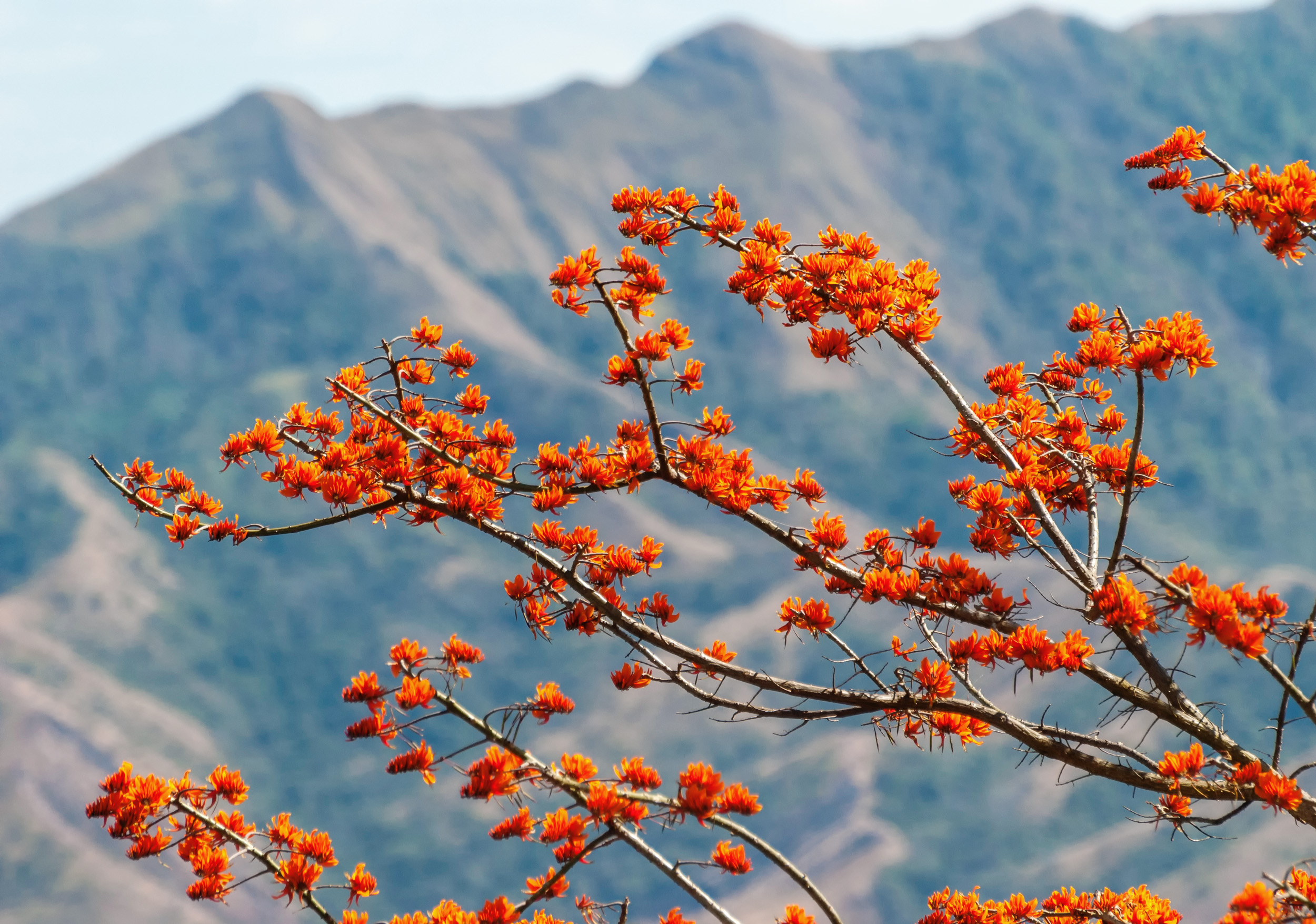Coffee grows natively under forest trees, and it is well adapted to growing under shade. ‘Agroforestry’ refers to a system of cultivation in which coffee is grown amidst forest trees. These may be native forest trees or they may be deliberately planted, whether for shade and firewood, to fix nitrogen in the soil, or to produce other crops such as fruit and nuts.
Such systems have a lower mean carbon footprint than monocultures and much higher carbon stocks in the vegetation (H van Rikxoort et al. 2014). In some shade systems, the trees can sequester enough carbon to make the whole production system carbon neutral over its lifespan (B Killian et al. 2013).
However, to increase yields, more and more coffee is being grown under full sun. Of the 2.8 million hectares dedicated to coffee cultivation in Mexico, Central America, Colombia, and the Caribbean, 1.1 million hectares had been converted from agroforests to lightly shaded or full-sun coffee by the mid-1990s (H van Rikxoort et al. 2014). More recently, increased interest in sustainability means that at least 20% of farms have achieved some sort of sustainability certification (P Baker, 2014). ‘There is no evidence however that the current global trend towards sustainable coffee is reducing the rate of deforestation for new plantings of coffee’, Baker writes. Part of the problem may be that the criteria for ecological certifications are highly variable, making it difficult for consumers to make an informed decision. The certification criteria are also subject to change, possibly due to pressure from large coffee corporations to weaken the requirements (J Craves, 2017).
 A bag of Rainforest Alliance certified coffee. 40% of the world’s coffee carries some sort of sustainability certification, but the degree of environmental protection that different certifications offer is very variable.
A bag of Rainforest Alliance certified coffee. 40% of the world’s coffee carries some sort of sustainability certification, but the degree of environmental protection that different certifications offer is very variable.
For example, when it was established in 2005, Rainforest Alliance, one of the biggest ecological certifications on the market, established specific requirements for the number and types of trees per hectare and the percent of canopy cover. Research shows the Rainforest Alliance certification was effective in reducing deforestation in Ethiopia (R Takahashi and Y Todo 2013). In the years since, however, the criteria relating to shade trees have been gradually ‘eroded’, according to University of Michigan ecologist Julie Craves (2018), to the point that Rainforest Alliance certification has become ‘useless to evaluate shade-grown conditions’.
Converting coffee production to agroforestry systems has immense potential to reduce carbon emissions from coffee growing and even to sequester carbon, by storing it in tree biomass and by increasing the amount of carbon stored in the soil. A shade-grown coffee farm with large forest trees can sequester as much as 70–80 tonnes of carbon per hectare in total — nearly as much as the carbon stored in an equal area of forest (NPA Kumar et al. 2019). A study in Costa Rica showed that shade trees can sequester 1 tonne per hectare per year, while timber trees can sequester more than 3 tonnes per hectare per year, depending on how the timber is eventually used (J-M Harmand et al. 2007).
Agroforestry systems that make use of other commercial tree crops can also be established. A study in southern Brazil showed that alternating coffee trees with rubber trees on farms can increase carbon sequestration without significantly reducing the yield of coffee per hectare, compared with full-sun coffee (GC Zaro et al. 2019). The rubber produced on such farms also provides an additional source of income.
As well as reducing the carbon footprint of a coffee plantation, planting trees in previously deforested areas can also help farmers adapt to climate change (E Rahn et al. 2013). In cases where shade trees already exist, planting hedges or trees on field and farm boundaries offers a way to increase carbon sequestration without compromising productivity.
 Erythrina poeppigiana, a nitrogen-fixing tree commonly used as a shade tree in coffee plantations.
Erythrina poeppigiana, a nitrogen-fixing tree commonly used as a shade tree in coffee plantations.
Certain shade tree species are ‘nitrogen fixing’, meaning they are able to convert nitrogen in the air into usable nutrients, instead of taking it from the soil. For coffee plants to be able to take advantage of the nitrogen fixed by these trees, they need to be pruned or coppiced (cut right back to the stump) and the cuttings left to decompose (KH Van Den Meersche et al. 2019). Such trees can reduce the need for fertiliser on the farm, but they add nitrous oxide (N2O) emissions of their own when they decompose (H van Rikxoort et al. 2014). If the use of nitrogen-fixing shade trees is not accompanied by a reduction in the use of other fertilisers, then this practice can result in higher emissions overall (K Hergoualc’h et al, 2008).